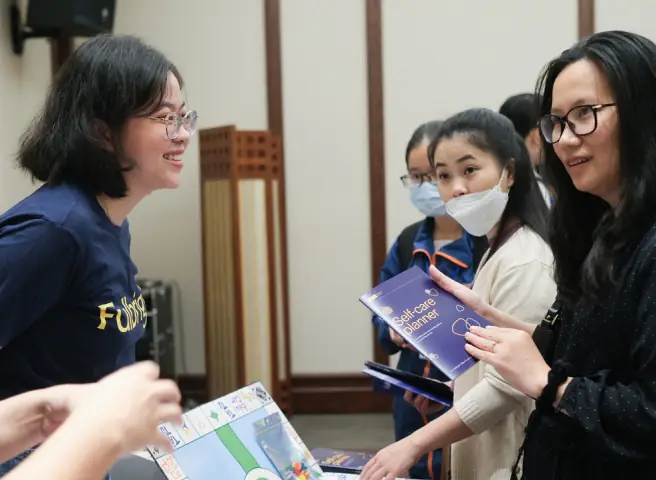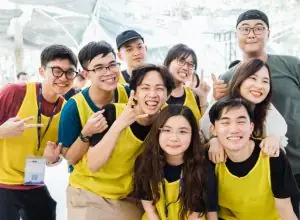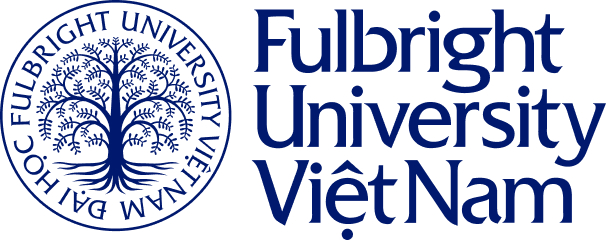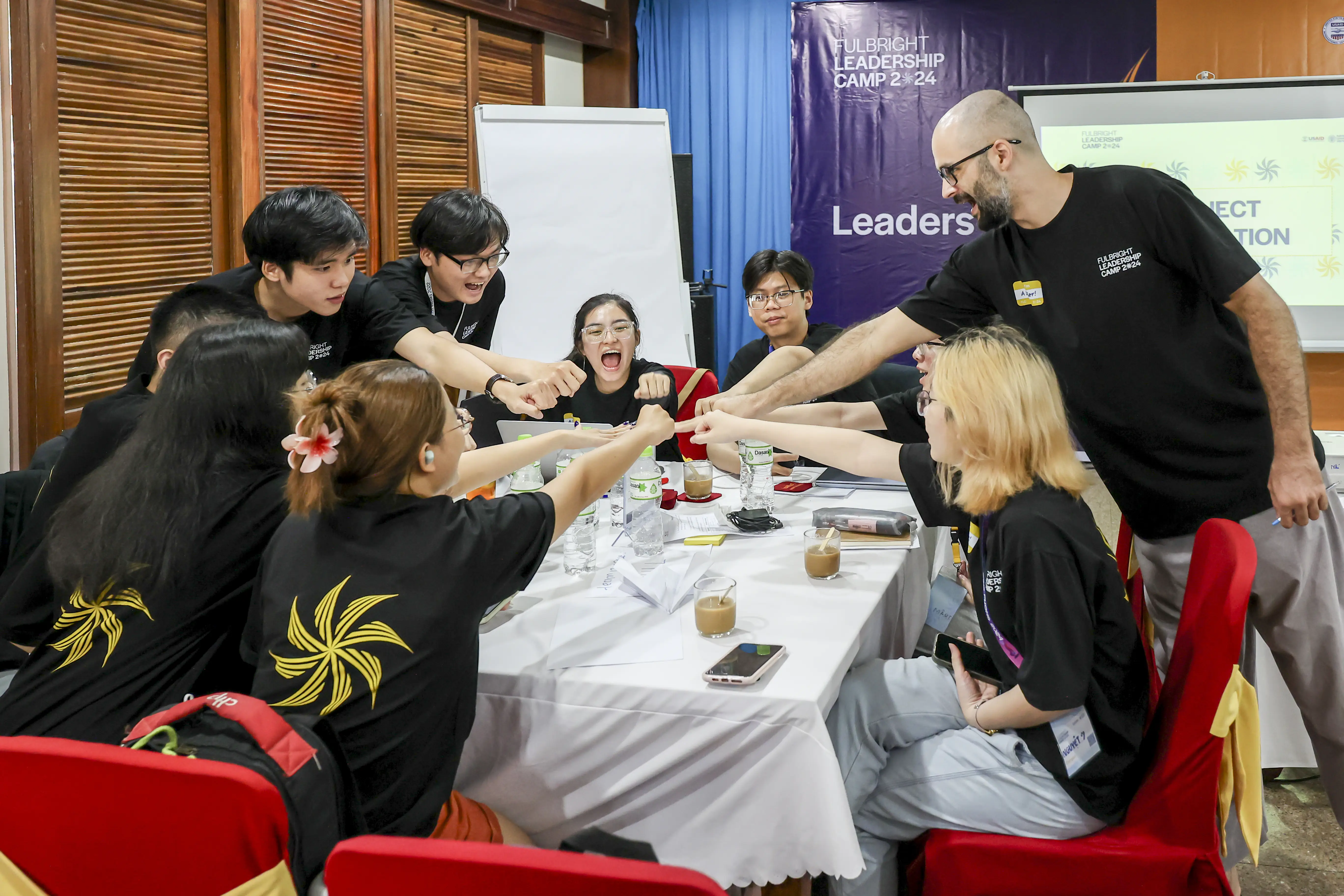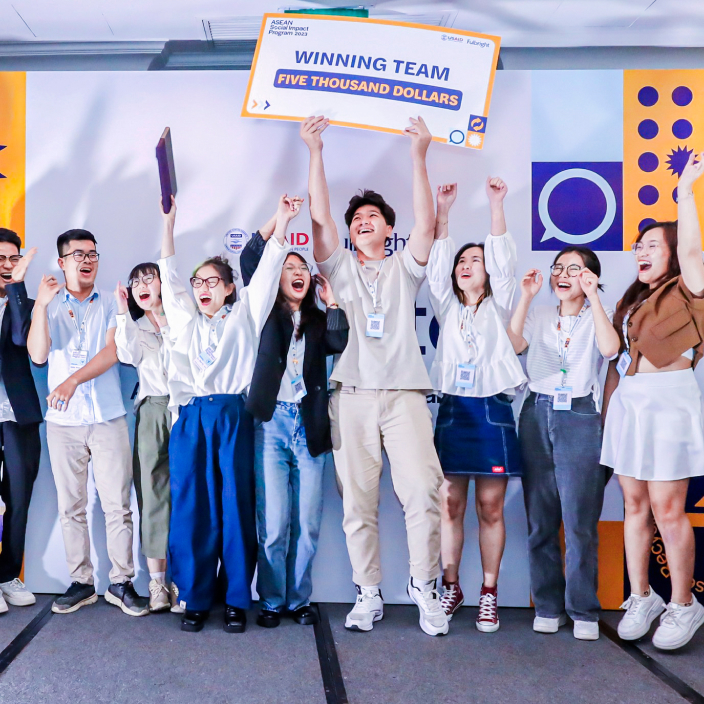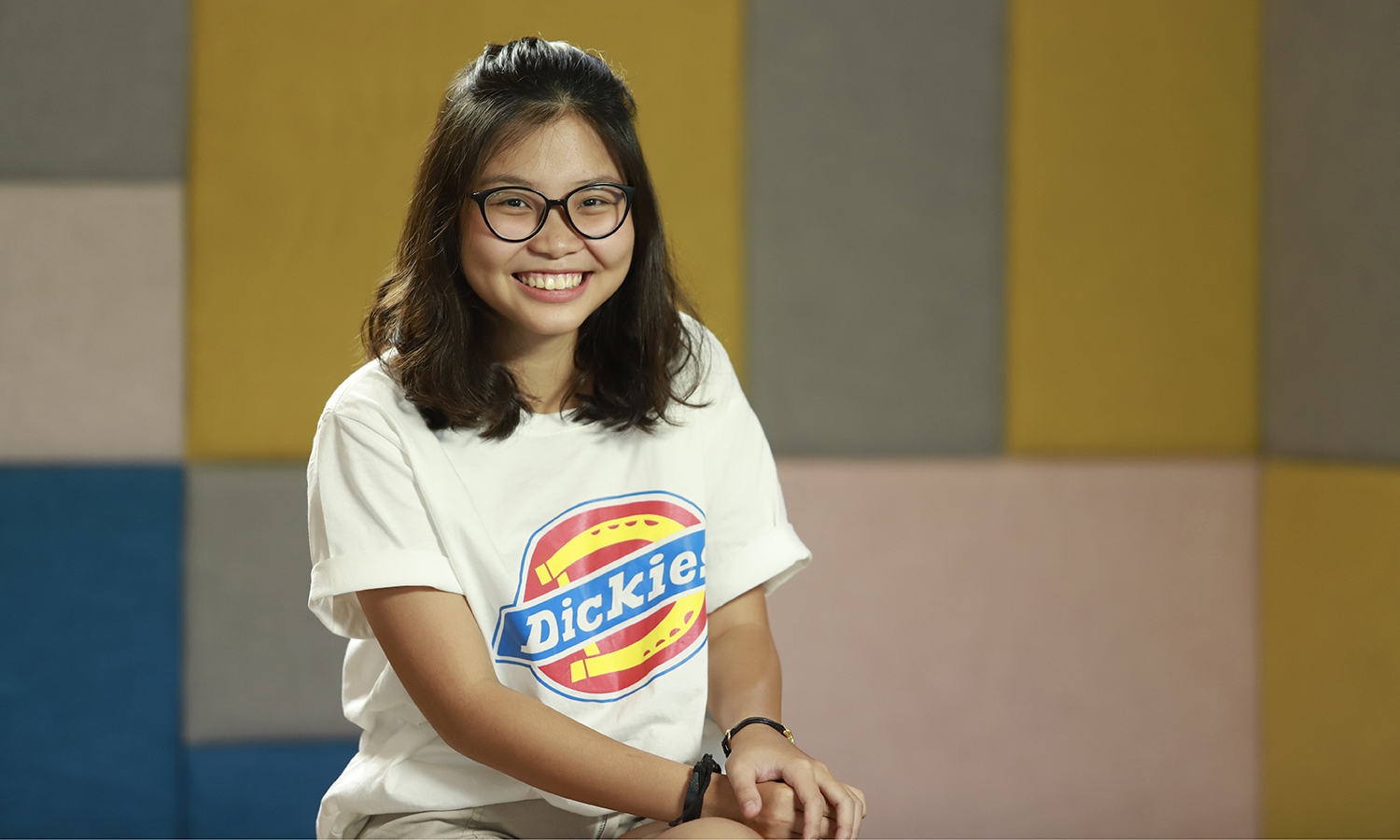
After finishing her final Creating and Making readout, Thai Thanh Mi (Class of 2023) came to a conclusion: This class is anything but the typical engineering class she had expected.
I used to frequently refer to Creating and Making as “Engineering 101”. But as the course progressed, my perception shifted drastically. From the first day to the end, the course felt, to be frank, really easy. Before taking the class, I had imagined it to be an instructive course for so-called hard skills. Not everyone is familiar with tools and equipment, neither for that matter with the workflow of a product designer/engineer.
Yet there was no rigid structure to follow. Instead, things were very flexible, focused more on self-exploration. Specific fields of knowledge, or task forces, were assigned to be peer-taught. The instructors did not tell us what to do or what to think, but rather encouraged us to learn the techniques by ourselves. Even for our final products, no example was given to model our work after, no standard technique or construction style to be followed, with no compulsory requirement or obligation.

In that regard, Creating and Making upended all expectations I had from other courses and “college life” in general. Unlike Vietnamese Studies and Rhetoric, with its many reading materials to be completed and the variety of writing assignments to submit every week or two, or Logic and Limitations with its difficult math and convoluted problems related to life and cosmology, Creating and Making seemed facile.
There was no sight of sleep deprivation, of anxiety over late submission, or trouble of comprehension. Which, when you’re expecting an engineering course, can be paradoxically overwhelming. It was less, but also so much more than what I had expected. The point of the class was not the product. It was instead a process.
It is true that by nature the class requires a hands-on learning experience as we explored and problem solved to craft. Bamboo is a demanding material, and other aspects such as coding and implementing the right electronic components are equally exacting. It was great to learn the technical skills in using tools and equipment. But Creating and Making is so much more than learning to handle and produce client budgets, sketches and final products.
The focus instead was on an interdisciplinary process of which the complexity of collaboration and interdependence is prioritized. Rather than Engineering, Teamwork is the main theme of this class. Students are expected to follow a working methodology called Scrum/Sprint Cycle, which creates opportunities for everyone to contribute and progress collectively while maintain the independent working capability of an individual.

There are still of course, aspects of engineering involved. The process of ideation and brainstorming, sketch formation, and the concept of a minimum viable product are obvious first interpretation goals of the course. But what I have found to be much more compelling about this class is the framework that helps us establish every interpersonal skill that will continue to be relevant in a real life working environment, even for students who do not follow an engineering specialization. As we had the absolute freedom to achieve whatever we wished, the only condition was we did it together.
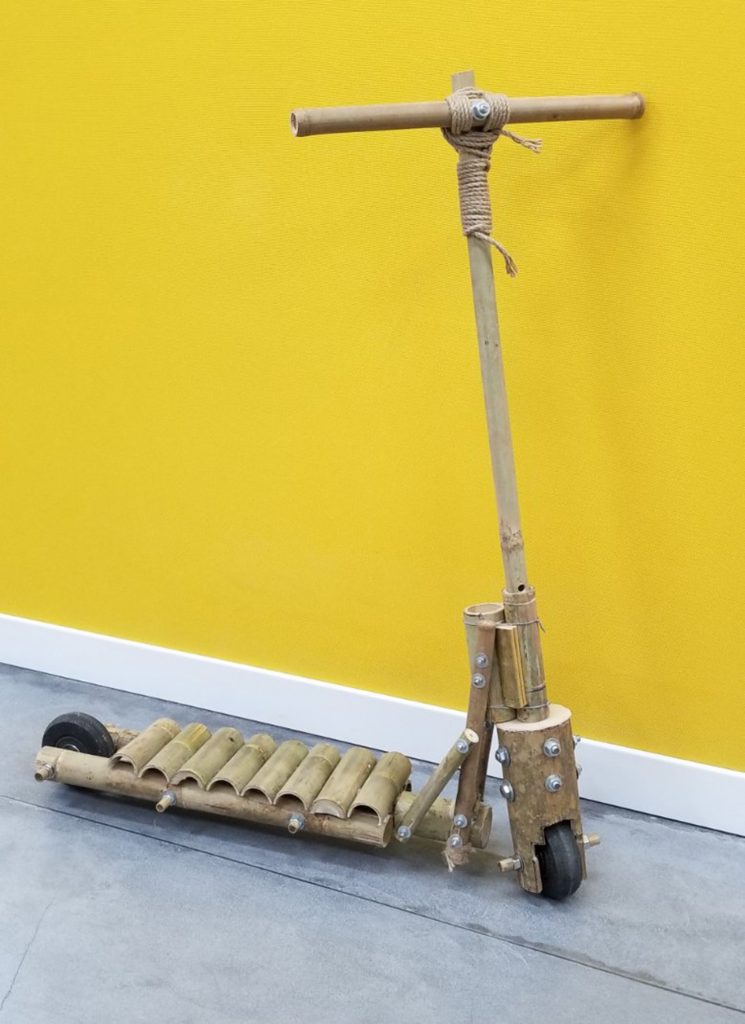
A bamboo scooter – Thanh Mi’s group’s product
Indeed, we learned effective communication – how to pay attention, to be informative and inspirational, to resolve differences. To assess mutual aspirations in a collective environment. We discovered you don’t necessarily have to be communicative in order to be an excellent communicator, but rather to be constructive in your feedback and criticism, and to set a common norm and working habits for cooperation between team members.
We also realized the importance of being receptive to and addressing each other’s emotional needs. Our professors encouraged us to not be afraid to ask questions such as “How do you want to feel?” or “How do you expect to be treated?”, and David Bruce, one of our professors, even provided polls. It was surprising to me that emotions would be brought to the forefront. It seemed ordinary and cliché, but turned out absolutely essential when put in context of a collective working environment.
How we feel play a crucial role in our professionalism, if only in helping us keeping our heads cool, and to strive for our team to be as open and straightforward to each other as possible when laying down common interests and expectations was a game changer. Having the course facilitating that truly elevated our learning/working experience.
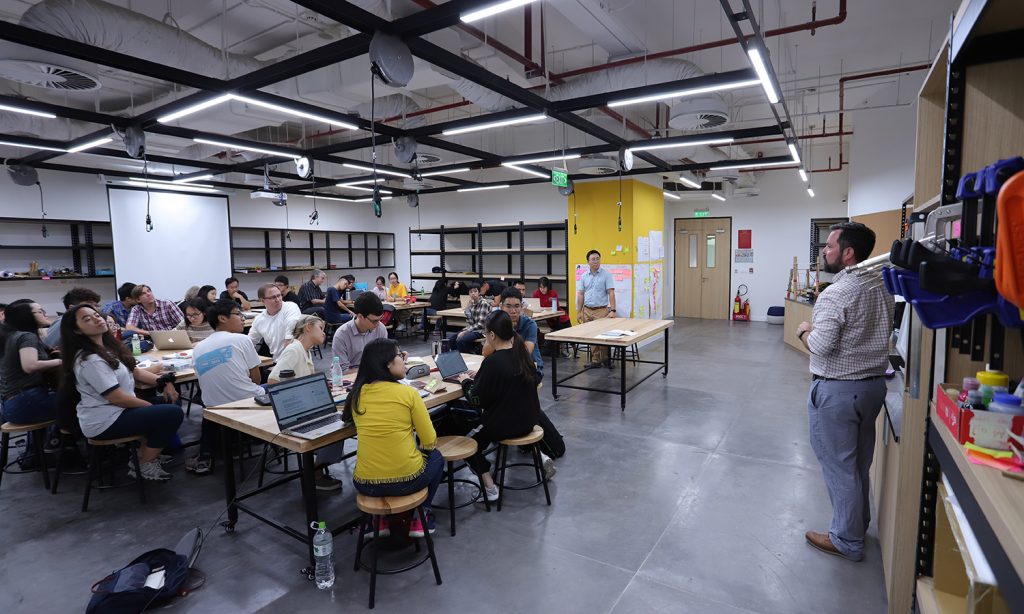
Beyond our cooperation skills, the freedom that made the course seem so confusingly easy had deeper meaning. Yes, the instructors will not follow you around to remind you of your working schedule, nor will they strike away a percent in your grade as a warning for your lack of participation. Yes, this is somewhat paradoxical: we had instructors who refused to instruct.
And it made me feel lost. Until I realized we are supposed to get lost, and make decisions, and make mistakes. The professors would then help us guide ourselves. This means we had not only more liberty for ideation, but also greater opportunity to find our own motivation, to organize – or learn to organize – our personal working schedule, as well as discover our own sense of responsibility.
In order to achieve the minimum viable product that your team had decided to bring to completion, each team member is made accountable for their own productivity. Students get to decide what their products will be, but most importantly, how they want to progress. In that sense, having the liberty and self-determination, a collaborative spirit of innovation, but also ownership of our learning, is everything that Fulbright means by creating and making. So if any class can best represent what it means to be a Fulbrighter, it is, without a doubt, Creating and Making.
Thai Thanh Mi – Class of 2023


